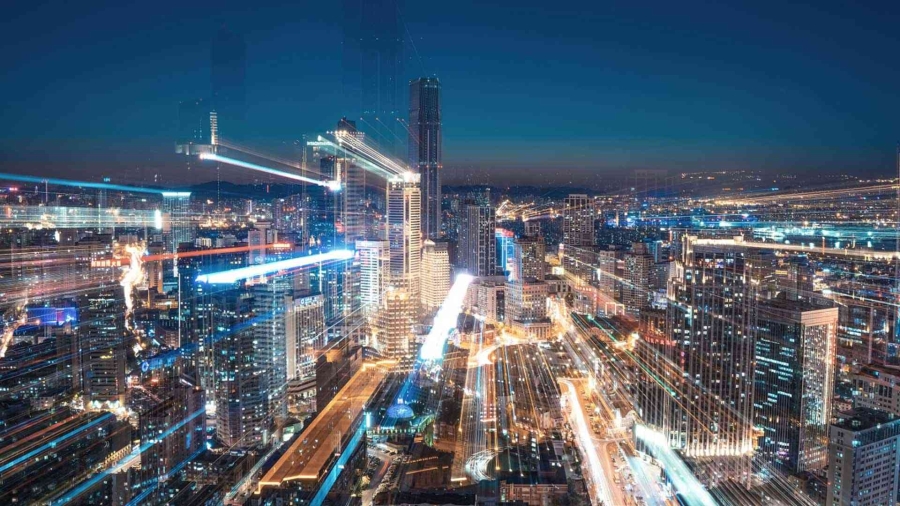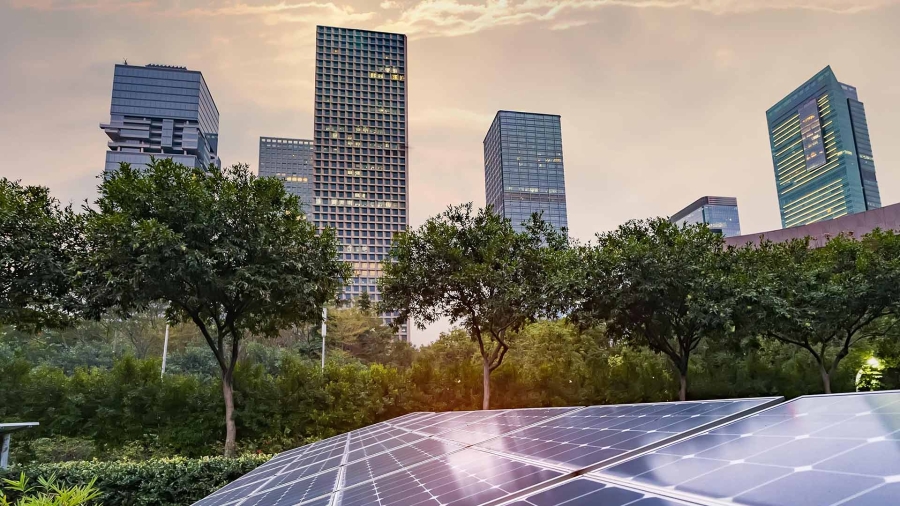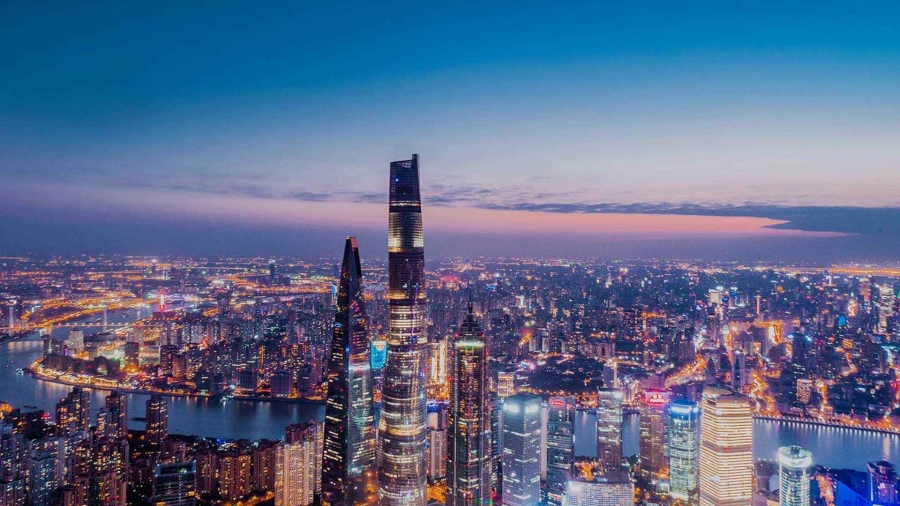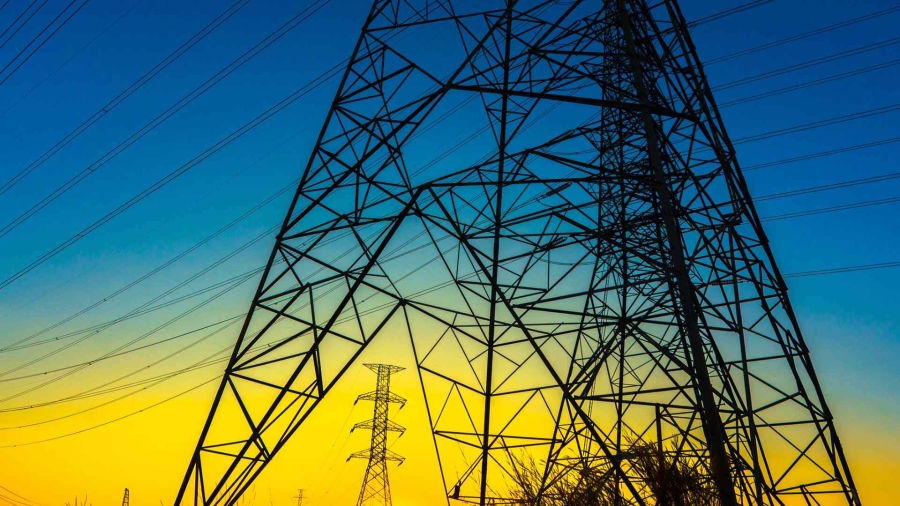The threats that these organizations are assessing and building plans to mitigate and adapt to are diverse, but rising to the top of our respondents’ minds were cybersecurity, extreme weather events, insurance costs and lack of insurability, supply chain issues, and natural resource scarcity.
The intersection of climate change and cybersecurity is particularly interesting and continues to rise in relevance to businesses based on our research. The impacts from climate change act as a destabilizer for societies and economies, and have a trickle-down effect for most businesses.
As such, the critical physical and digital infrastructure that enables cybersecurity is also affected by climate impacts such as sea level rise and water scarcity. As electrical grids struggle to maintain resilience in the face of extreme weather events, large digital infrastructure energy users, like datacenters and supercomputers, will struggle to maintain cybersecurity as volatility to their energy supply and available water for cooling adds additional risk to their operations.
The outdated electric grid in North America, for example, has become increasingly vulnerable to both climate change and cyber threats. Several instances of this grid vulnerability, which manifested just months apart in 2021, demonstrate the importance of this risk:
• In February 2021, during a
climate change-exacerbated bout of extreme cold in Texas, the unprecedented temperatures tripped more than half of the ERCOT power grid at one point, leading to a humanitarian and financial crisis that left millions of people without access to power or fresh drinking water.
• In May 2021, the largest successful cyberattack on oil infrastructure in U.S. history shut down a fuel supply line, which provided nearly half of the East Coast’s gasoline, diesel, and jet fuel. This crippling attack led to panic buying and gas shortages at the pump, sent prices spiking, and arose questions around how to secure supply to keep business operations running smoothly.
Business model transformation is not moving quickly enough
While the results show that most leading organizations are identifying climate risks and making plans to mitigate those risks to their business, the results also indicate that businesses need to accelerate progress on concrete actions. Only 21% consider their organization to be significantly advanced in the adaptation of their business model to be more environmentally or socially responsive, and only 7% have already completely transformed their business.
To meet the levels of decarbonization required to avoid the worst impacts of climate change, companies will need to go beyond making changes to individual products or processes, as the largest subset (36%) of respondents say they have begun to do. True transformation requires cross-functional, enterprise-wide collaboration on reduced emissions production and resource consumption, innovation, and design for a sustainable future.

















